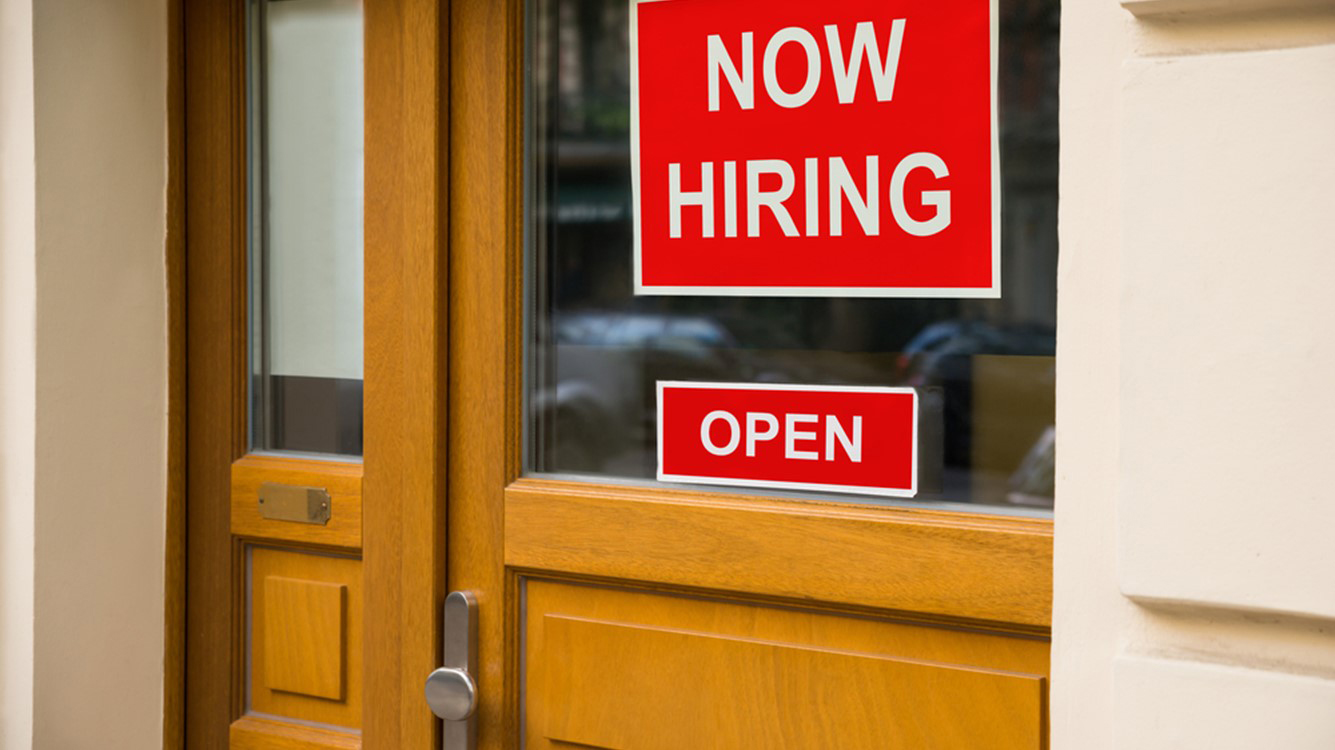August's head fake increase in job openings
Cooling in job openings.

October 3, 2023
In August, the total number of job openings increased to 9.6 million, reversing the downward trajectory of the previous three months. The data also bucked the high-frequency data provided by the Indeed Hiring Lab on job openings, which showed that job openings essentially moved sideways in August after falling and then moved down again in September. Survey response rates plummeted for that survey. Today's data suggest that it is decoupling from the Indeed hiring index, after tracking closely with that both pre- and post-pandemic.
The new data revealed a pick-up in job postings in both the private and public sectors. The largest outlier was the professional and business services sector, which added a whopping 509,000 of new job openings to the highest level since January. That accounted for 74% of total job gains for the month, despite the fact that hiring in the sector has been essentially flatlining since June 2023. Government job postings also picked up, but that likely reflects some catch-up. Many public schools remain understaffed.
The outliers for job openings remain in healthcare and social assistance, where the demand for workers continues to outpace the supply. Older healthcare workers suffered more from burnout and quits more than other sectors in the wake of the pandemic, while the demand for healthcare workers soars. Aging demographics and long COVID are pushing up the demand for healthcare and assistance.
The ratio of job openings to job seekers held steady at 1.5 down from a peak of 2. That means that for every two unemployed job seekers, there were three job openings available. That is still above the 1.2 ratio that we hit in February 2020, but suggests that the labor market has cooled significantly from the hiring frenzy that we saw in 2021 and the first half of 2022. Last month, we saw an increase in the number of people in the labor force and therefore unemployed. The jump in participation was due to an increase in teenagers and individuals over 55; the jump in teens was likely due to a quirk in the seasonal adjustment and the timing of the start of the new school year.
August’s total hires remained roughly on par with July, with a hiring rate of 3.7%, hinting at the possibility of robust job growth in September. Layoffs, however, remained static in August, aligning with the subdued initial unemployment insurance claims reported by the Department of Labor. The professional and business services sector saw a resurgence in layoffs during August as many companies in the sector are amidst a workforce transition due to credit tightening.
The total quits rate held steady at 2.3%, totaling 3.6 million quits, mirroring pre-pandemic levels seen in 2019. This stabilization in the overall quits rate bodes well for the Federal Reserve, as wages have also shown signs of stabilizing. This is at the same time that productivity growth appears to be accelerating, which enables workers to retain more of their wage gains, without putting upward pressure on prices.
Quit rates in professional business services is an outlier, with quits holding at the lowest level since 2015. The quit rate in the information sector plummeted, but that likely reflected the writers' and actors' strikes, which idled most television and movie projects during the month. The outlier was a jump in quits in leisure and hospitality. Hiring in that sector has slowed from the red-hot pace earlier in the cycle and remained solid if not spectacular in August.
Reports from both public and private wage trackers suggest that the premium for job hopping has slowed fairly dramatically over the last year. The high-frequency private data on job postings suggest a further deceleration in wage gains this fall.
The pace of layoffs was unchanged during the month. A sharp drop in layoffs among the smallest firms (less than 10 employees) offset a slight increase in layoffs across other sized firms.
The high-frequency private data suggest a further deceleration in wage gains this fall.
George Rao, KPMG Economist
Bottom Line
August's head fake increase in job openings stands as an anomaly. High-frequency data and the official data on job creation by the government suggest that the labor market has cooled since earlier in the year. Historically, August has been an odd month for seasonality, with response rates typically low. It's plausible that significant revisions for the month will occur later. The labor market is anticipated to continue cooling for the remainder of the year.
Explore more

End of The Great Resignation?
The quits rate has returned to pre-pandemic levels.

KPMG Economics
A source for unbiased economic intelligence to help improve strategic decision-making.

Trouble in the Tetons… Disinflation and the global outlook
The post-pandemic world is expected to be more inflation prone.
Subscribe to insights from KPMG Economics
KPMG Economics distributes a wide selection of insight and analysis to help businesses make informed decisions.
Meet our team
